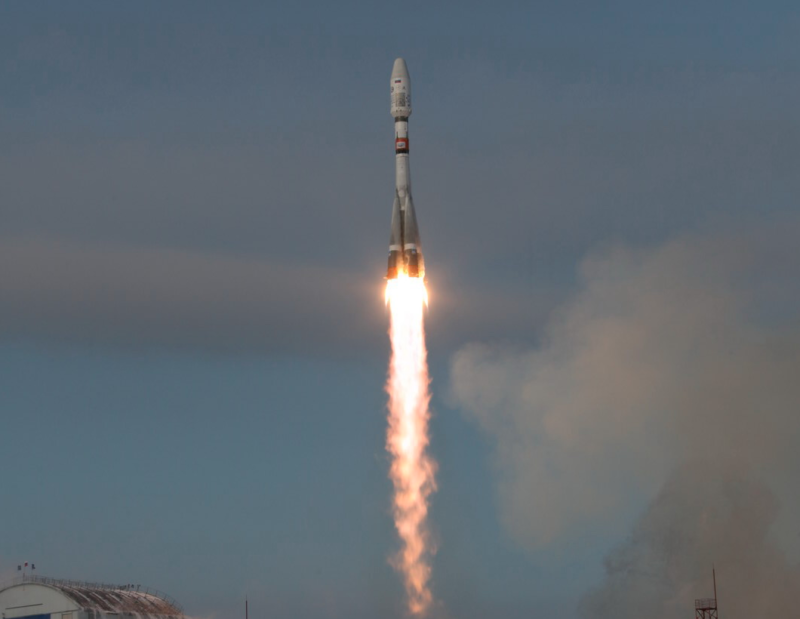Latest News

A Soyuz 2 rocket lifts off from the Vostochny Cosmodrome in far east Russia on Nov. 28. Photo: Roscosmos.
Telesat announced that the Soyuz 2 launch vehicle that was to place 19 spacecraft into orbit, including the company’s first Phase 1 Low Earth Orbit (LEO) satellite, failed its mission on Nov. 28.
The primary payload on the rocket, which lifted off from Russia’s new launch complex in Vostochny at 8:41 A.M. Moscow time, was a meteorological satellite called Meteor-M 2-1. The rocket also carried 18 other satellites for companies including Spire, Astroscale, and Astro Digital — none of which have publicly confirmed the loss of their satellites as yet, although they are also assumed to have failed to reach their orbits.
A few hours before the mission was expected to end, Roscosmos published a statement admitting that mission control was unable to “establish a connection [with Meteor-M 2-1] due to its absence in the target orbit.”
Russia’s Interfax news agency attributed the mission failure to a malfunction in the Fregat upper stage, which prevented it from placing its payload in the correct orbit. According to Interfax, two commissions have been set up to probe the incident, which may impact the launch of the Kanopus 5-3 and 4 satellites from Vostochny on Dec. 22.
Get the latest Via Satellite news!
Subscribe Now